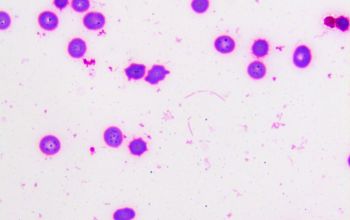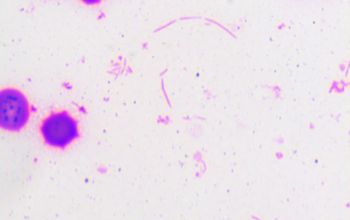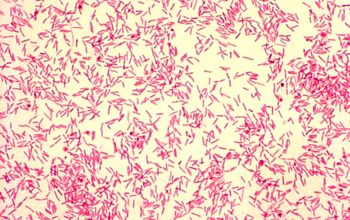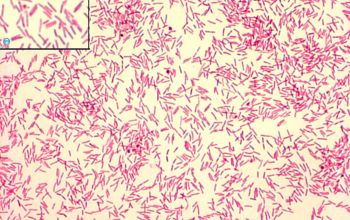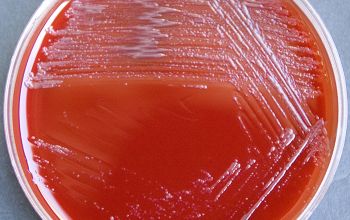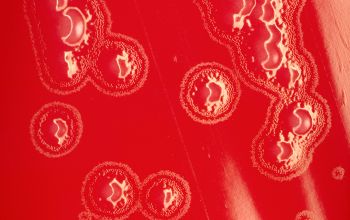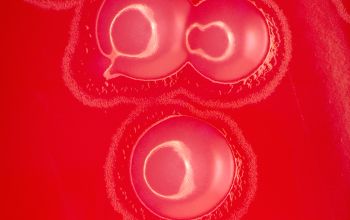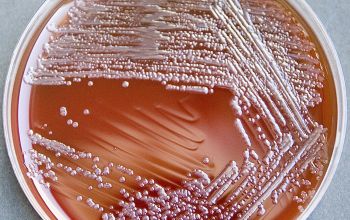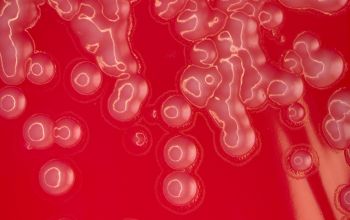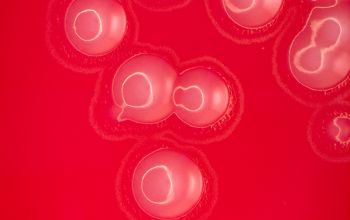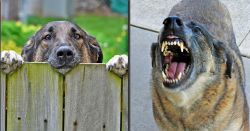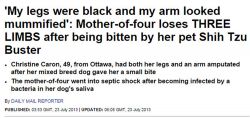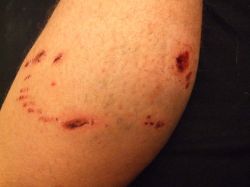Any dog can bite, even a sweet family pet
A dog’s tendency to bite depends on such factors as heredity, socialization, health, and the victim’s behavior. Under the right circumstances any dog, even a sweet family pet, can bite.
photo: State Farm
https://www.flickr.com/photos/statefarm/8736140828
Daily Mail
http://www.dailymail.co.uk/news/article-2374571/My-legs-black-arm-looked-mummified-Mother-loses-THREE-LIMBS-bitten-pet-Shih-Tzu-Buster.html
Capnocytophaga canimorsus
-
General information
Taxonomy
Family: Flavobacteriaceae, genus: C. canimorsus, C. cynodegmi
Natural habitats
It is a commensal bacteria in the normal gingival flora of canine and feline species.
Transmission may occur through bites, licks or even close proximity with animals.
Clinical significance
A wound infection (dog bite) with these bacteria may cause serious local problems.
Moreover, there is a high probability of a running fulminant sepsis, in wich multi-organ failure (MOF) may occur.
-
Gram stain
Gram negative rods
Cells are mainly fusiform, medium to long, with tapered ends
Size: usually 1-3 µm in length.
Wet mount slide
Cultures that are in the log phase one sees a "sliding / floating" movement.
-
Culture characteristics
-
Facultative anaerobic
5% CO2 improves the growth
BA:
After 24 hours, colonies may be up to 1 mm in diameter.
After 48-72 hours, colonies are small, sphere, shiny and smooth, with spreading edges and not hemolytic.
Colonies may appear to be purple, pink, or yellow, but once they are scraped from the agar plate they are always yellow in appearance.
Gliding motility is seen in the growth of the colony
(the edge spurs as a fringe).
This is not always present
BACTEC
Is not always able to detect the Capnocytophaga
McConkey: no growth
BBAØ: growth
-
-
Characteristics
-
References
James Versalovic et al.(2011) Manual of Clinical Microbiology 10th Edition
Karen C. Carrol et al (2019) Manual of Clinical Microbiology, 12th Edition

